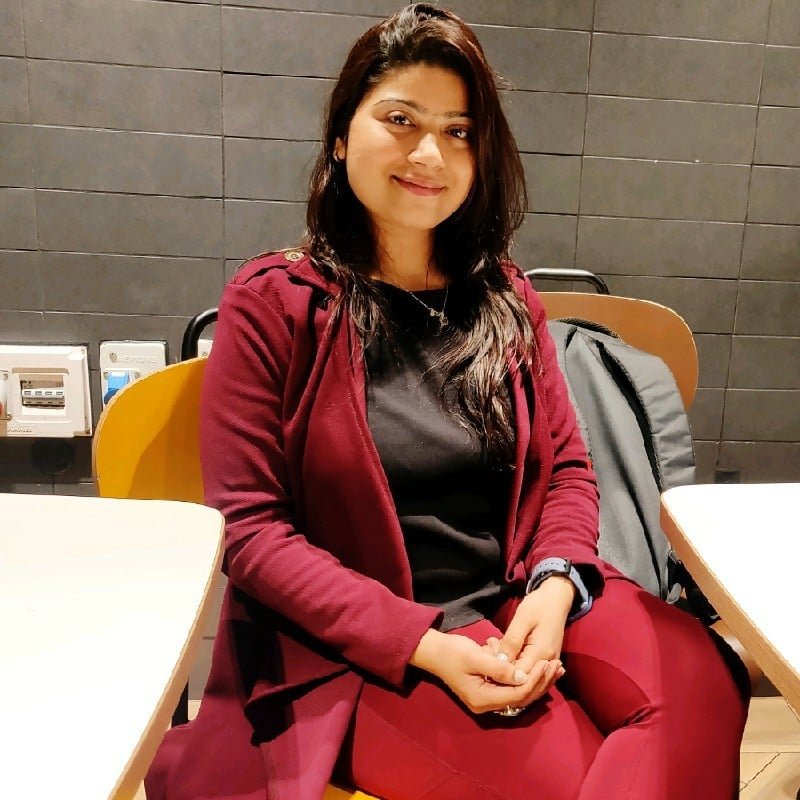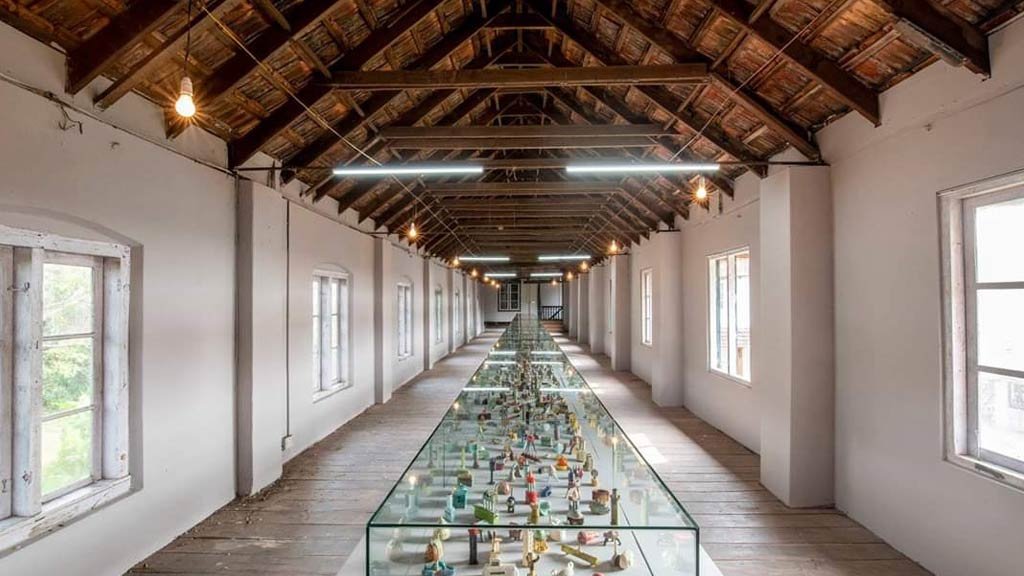Date : 12 December 2025 to 31 March 2026
Venue : Fort Kochi, Mattancherry & Ernakulam.
The Kochi-Muziris Biennale is more than an art exhibition. It celebrates culture, memory, and the human spirit in the vibrant heart of Kerala. Founded in 2012 by artists Bose Krishnamachari and Riyas Komu, the Biennale turns the city of Kochi into a living canvas every two years. Indian and international artists are invited to showcase their work. The event spreads across heritage buildings, public spaces, and warehouses, blending the city’s daily life with contemporary art.
Art as Collective Memory
As visitors walk through the Biennale’s venues, they encounter not only installations and paintings but also echoes of the ancient port of Muziris. This port was once a crossroads of cultures, now cloaked in myth and memory. The Biennale aims to evoke this lost world, weaving together Kerala’s long-standing traditions of diversity with bold new voices in global art. It shares stories of trade, migration, and confluence, connecting the past to the present.
Spaces that Tell Stories
The Biennale’s strength comes from transforming Kochi’s historic settings. Unused warehouses, colonial buildings, and public squares become immersive art spaces. These backdrops enhance the experience, making an afternoon at the Biennale feel less like a museum visit and more like a journey through a living city, where daily life and creative expression blend.
Beyond Exhibitions: A Community Movement
What makes this event special is its accessibility and community spirit. It’s often referred to as the “People’s Biennale.” In addition to the art on display, a lively schedule of workshops, talks, performances, and educational programs creates a truly communal experience. Schoolchildren, local residents, and international travelers all find ways to participate, discuss, and create.
A Beacon for Contemporary India
The Kochi-Muziris Biennale represents India’s changing relationship with the arts. It is ambitious, outward-looking, and deeply connected to local histories. It’s not just an event; it’s a living example of how art can shape—and is shaped by—the cities, cultures, and people who host it, year after year.



